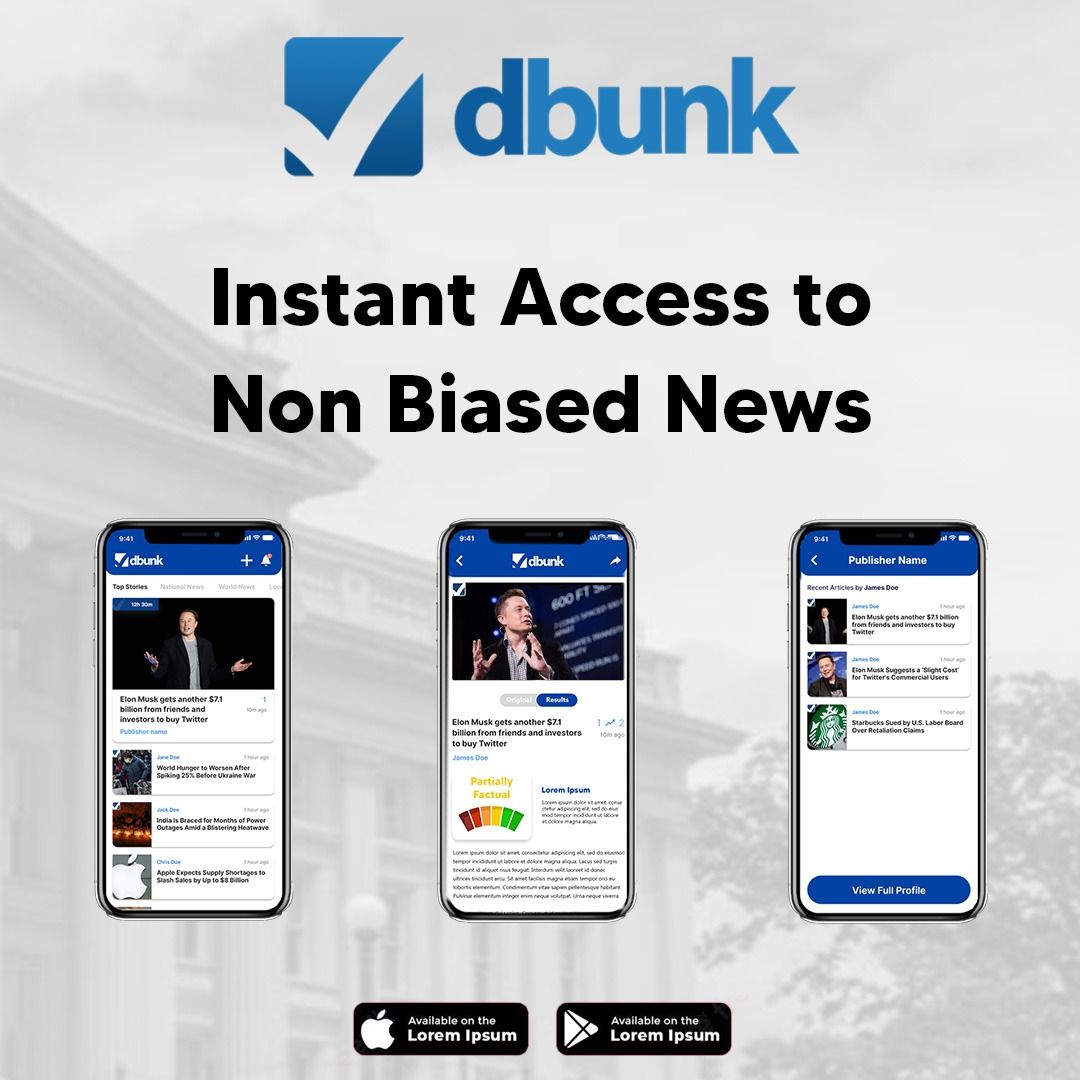“`html

Fact Check Analysis: The Washington Post’s New Mission
One of our diligent subscribers recently submitted a request to fact-check The Washington Post’s shifting mission as described in a New York Times article titled “The Washington Post’s New Mission: Reach ‘All of America’” and authored by Benjamin Mullin. At DBUNK, we empower the public to separate fact from fiction, and this article raised serious questions about messaging, motives, and the accuracy of its assertions. After an exhaustive review, here’s what we uncovered.
Is The Washington Post’s New Mission Realigning with Political Influence?
In the article, it is stated that The Washington Post is launching a new internal mission statement, “Riveting Storytelling for All of America,” while retaining the external slogan “Democracy Dies in Darkness.” This shift reportedly aligns with interest expressed by Post owner Jeff Bezos in expanding readership among conservative and blue-collar Americans outside of coastal cities. However, this claim warrants scrutiny due to the lack of concrete, sourced evidence supporting its contextually broader implications.
While Bezos’ interest in nationwide appeal, including conservative demographics, is presented as fact, it is attributed to unnamed sources— “two people familiar with the discussions”—that significantly undermines transparency. Unverified sources, common in media reporting, require additional corroboration to pass journalistic muster.
What’s Missing? Context on Bezos’ Alleged Strategy
Important contextual elements are conspicuously absent from this article. For example, the piece glosses over broader industry challenges that could explain The Post’s new mission, including declining digital subscriptions and diminishing ad revenues throughout journalism. Without this context, assertions that The Post is actively seeking to court specific groups, such as conservatives, appear speculative at best and lack a firm grounding in actionable data.

Claims of ‘Editorial Crisis’ May Be Overstated
The article presents The Washington Post as embroiled in an internal crisis—referencing a letter signed by 400 employees and calling the chief executive’s leadership into question. Yet, there’s insufficient exploration of the specific incidents causing this dissatisfaction or its timeline compared to similar situations in competing news organizations. Without broader industry benchmarks, the portrayal of newsroom upheaval may exaggerate the scale of the conflict.
Has The Washington Post Abandoned Its Legacy?
Despite adopting “Riveting Storytelling for All of America” as an internal mission, The Post’s lack of commitment to removing its public “Democracy Dies in Darkness” slogan underscores continuity in its core principles. Suggesting that the organization is pivoting ideologically without explicit evidence risks misleading readers into assuming a definitive break from its watchdog role.

Does the Piece Exhibit Bias?
The New York Times article appears to subtly inject speculative language, with phrases like “meant to be an internal rallying point,” “has expressed hopes,” and “reportedly considering” giving readers the impression of definitive actions under way. This signals a potential cognitive bias, as definitive claims are not substantiated by The Post’s own representatives or official statements.
Conclusion: Missing Context and Questionable Sources
The core assertions in the article rely heavily on unnamed sources and fail to contextualize the strategic realignment of The Washington Post within larger industry trends. The shift to broaden appeal—if taking place—does not conclusively signal a departure from long-held objective journalism values. While accounts of internal dissent and leadership crises add depth, they remain unverifiable without corroborating disclosures from involved parties or records.
For readers seeking a clearer understanding of The Washington Post’s mission and its implications, DBUNK simplifies fact-checking and empowers you with tools to evaluate claims effectively. Combating misinformation begins with clarity and critical thinking.

Why Is The Washington Post Shifting Its Focus?
To address the user-submitted question directly: The Washington Post may be attempting to appeal to conservatives and blue-collar readers due to declining revenue streams rather than a fear of losing influence. While outreach efforts could reflect a neutral business strategy, proper context around industry challenges is absent here, leaving room for speculative interpretations. Ultimately, The Post’s motives likely extend beyond the simplistic dichotomy of influence versus survival painted in this article.
Download the DBUNK App today to verify and analyze media coverage with ease. Ensure you stay informed and empowered in the era of misinformation.
“`

